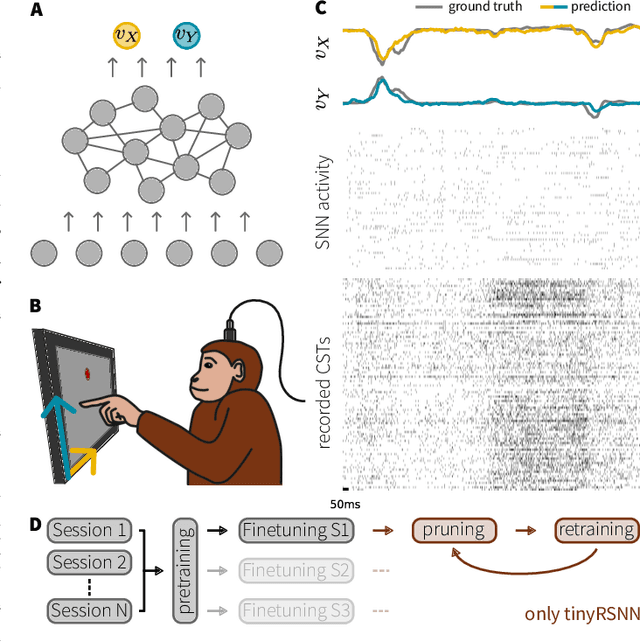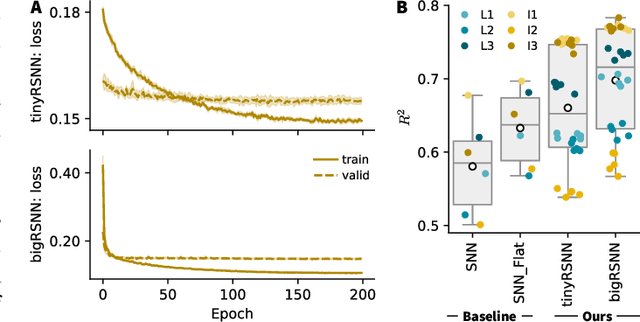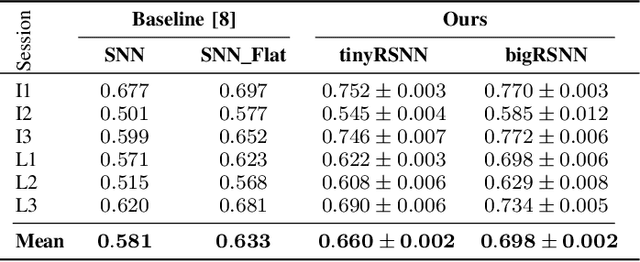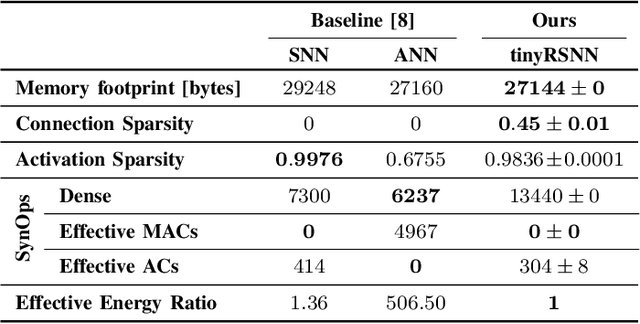Shaomin Zhang
Key Laboratory of Biomedical Engineering of Ministry of Education, Qiushi Academy for Advanced Studies, Zhejiang University, China
Poststroke rehabilitative mechanisms in individualized fatigue level-controlled treadmill training -- a Rat Model Study
Feb 20, 2025Abstract:Individualized training improved post-stroke motor function rehabilitation efficiency. However, the mechanisms of how individualized training facilitates recovery is not clear. This study explored the cortical and corticomuscular rehabilitative effects in post-stroke motor function recovery during individualized training. Sprague-Dawley rats with intracerebral hemorrhage (ICH) were randomly distributed into two groups: forced training (FOR-T, n=13) and individualized fatigue-controlled training (FAT-C, n=13) to receive training respectively from day 2 to day 14 post-stroke. The FAT-C group exhibited superior motor function recovery and less central fatigue compared to the FOR-T group. EEG PSD slope analysis demonstrated a better inter-hemispheric balance in FAT-C group compare to the FOR-T group. The dCMC analysis indicated that training-induced fatigue led to a short-term down-regulation of descending corticomuscular coherence (dCMC) and an up-regulation of ascending dCMC. In the long term, excessive fatigue hindered the recovery of descending control in the affected hemisphere. The individualized strategy of peripheral fatigue-controlled training achieved better motor function recovery, which could be attributed to the mitigation of central fatigue, optimization of inter-hemispheric balance and enhancement of descending control in the affected hemisphere.
Decoding finger velocity from cortical spike trains with recurrent spiking neural networks
Sep 03, 2024



Abstract:Invasive cortical brain-machine interfaces (BMIs) can significantly improve the life quality of motor-impaired patients. Nonetheless, externally mounted pedestals pose an infection risk, which calls for fully implanted systems. Such systems, however, must meet strict latency and energy constraints while providing reliable decoding performance. While recurrent spiking neural networks (RSNNs) are ideally suited for ultra-low-power, low-latency processing on neuromorphic hardware, it is unclear whether they meet the above requirements. To address this question, we trained RSNNs to decode finger velocity from cortical spike trains (CSTs) of two macaque monkeys. First, we found that a large RSNN model outperformed existing feedforward spiking neural networks (SNNs) and artificial neural networks (ANNs) in terms of their decoding accuracy. We next developed a tiny RSNN with a smaller memory footprint, low firing rates, and sparse connectivity. Despite its reduced computational requirements, the resulting model performed substantially better than existing SNN and ANN decoders. Our results thus demonstrate that RSNNs offer competitive CST decoding performance under tight resource constraints and are promising candidates for fully implanted ultra-low-power BMIs with the potential to revolutionize patient care.
Holistic Dynamic Frequency Transformer for Image Fusion and Exposure Correction
Sep 03, 2023Abstract:The correction of exposure-related issues is a pivotal component in enhancing the quality of images, offering substantial implications for various computer vision tasks. Historically, most methodologies have predominantly utilized spatial domain recovery, offering limited consideration to the potentialities of the frequency domain. Additionally, there has been a lack of a unified perspective towards low-light enhancement, exposure correction, and multi-exposure fusion, complicating and impeding the optimization of image processing. In response to these challenges, this paper proposes a novel methodology that leverages the frequency domain to improve and unify the handling of exposure correction tasks. Our method introduces Holistic Frequency Attention and Dynamic Frequency Feed-Forward Network, which replace conventional correlation computation in the spatial-domain. They form a foundational building block that facilitates a U-shaped Holistic Dynamic Frequency Transformer as a filter to extract global information and dynamically select important frequency bands for image restoration. Complementing this, we employ a Laplacian pyramid to decompose images into distinct frequency bands, followed by multiple restorers, each tuned to recover specific frequency-band information. The pyramid fusion allows a more detailed and nuanced image restoration process. Ultimately, our structure unifies the three tasks of low-light enhancement, exposure correction, and multi-exposure fusion, enabling comprehensive treatment of all classical exposure errors. Benchmarking on mainstream datasets for these tasks, our proposed method achieves state-of-the-art results, paving the way for more sophisticated and unified solutions in exposure correction.
Emergent Bio-Functional Similarities in a Cortical-Spike-Train-Decoding Spiking Neural Network Facilitate Predictions of Neural Computation
Mar 14, 2023



Abstract:Despite its better bio-plausibility, goal-driven spiking neural network (SNN) has not achieved applicable performance for classifying biological spike trains, and showed little bio-functional similarities compared to traditional artificial neural networks. In this study, we proposed the motorSRNN, a recurrent SNN topologically inspired by the neural motor circuit of primates. By employing the motorSRNN in decoding spike trains from the primary motor cortex of monkeys, we achieved a good balance between classification accuracy and energy consumption. The motorSRNN communicated with the input by capturing and cultivating more cosine-tuning, an essential property of neurons in the motor cortex, and maintained its stability during training. Such training-induced cultivation and persistency of cosine-tuning was also observed in our monkeys. Moreover, the motorSRNN produced additional bio-functional similarities at the single-neuron, population, and circuit levels, demonstrating biological authenticity. Thereby, ablation studies on motorSRNN have suggested long-term stable feedback synapses contribute to the training-induced cultivation in the motor cortex. Besides these novel findings and predictions, we offer a new framework for building authentic models of neural computation.
 Add to Chrome
Add to Chrome Add to Firefox
Add to Firefox Add to Edge
Add to Edge